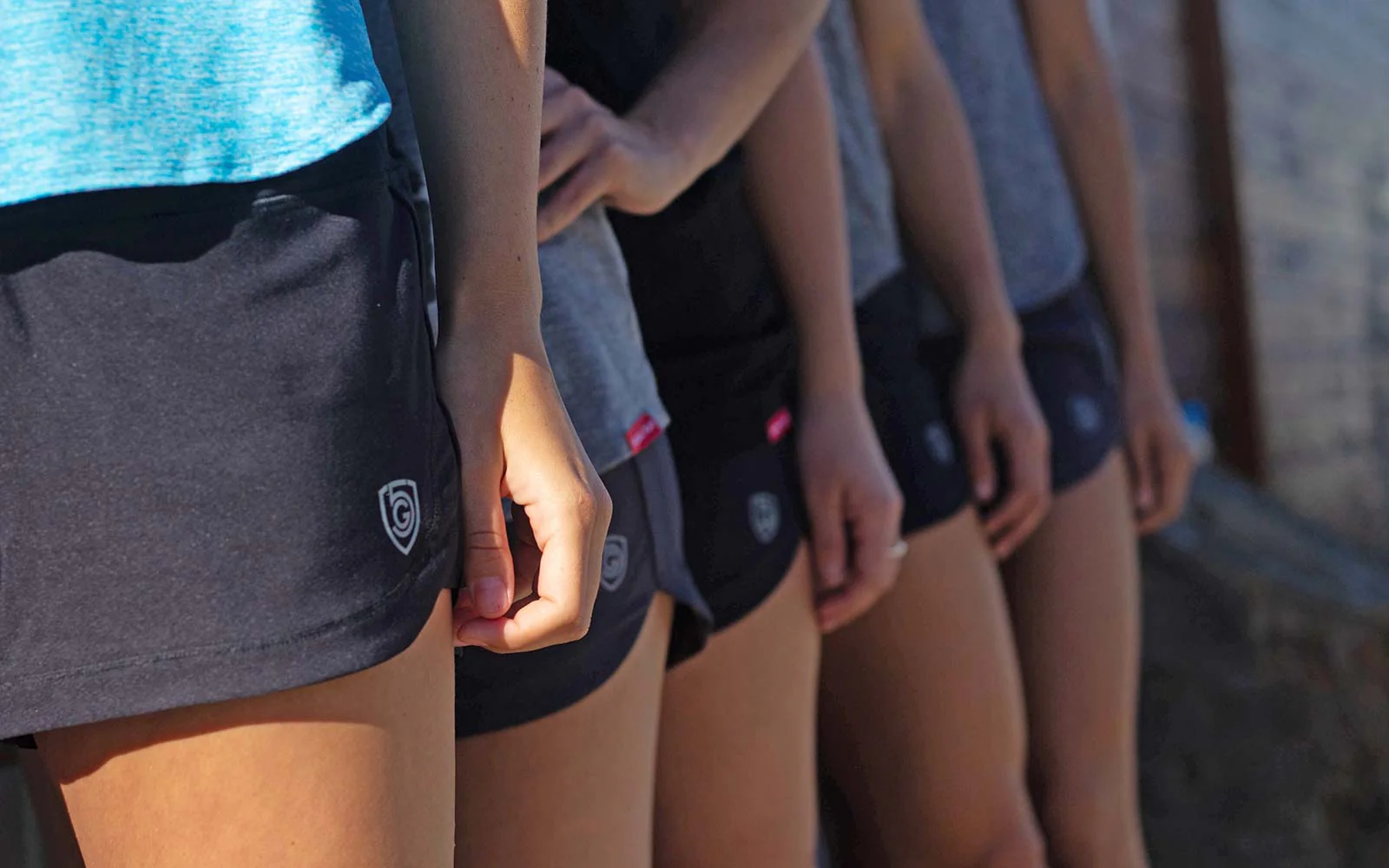Our clothes tell a story. They speak about our style. They also whisper about our values. The world of fashion is changing. A quiet revolution is happening in our wardrobes. People now ask important questions. Where did my shirt come from? What is it made from? The answers matter more than ever. Ethical brands lead this change. They choose materials with care. They consider the planet. They think about people. The right fabric forms the foundation of any responsible garment. It is the first and most crucial step. Let us explore five green fabrics these pioneers are using.

Hemp: The Ancient Wonder
Hemp is a powerhouse plant. Its history in textiles is long and storied. Modern brands are rediscovering its incredible benefits. Hemp grows remarkably fast. It requires very little water. It needs no pesticides. The plant actually enriches the soil it grows in. This process is called phytoremediation. Fabric from hemp is incredibly durable. It softens beautifully with each wash. It feels like a favorite old shirt. Hemp provides a strong, earthy, and versatile material. Designers love it for its texture and drape. It is a true workhorse of the natural world.
TENCEL™ Lyocell: The Modern Marvel
This fabric sounds like science fiction. It is made from dissolved wood pulp. The trees come from sustainable forests. The production process is a closed loop. This means almost all water and solvents are recycled. Nothing is wasted. It is a brilliant example of sustainable fabric sourcing. The outcome is a silky smooth material. It feels luxurious against the skin. TENCEL™ is also biodegradable. It combines high-tech innovation with environmental respect. It offers a beautiful drape for flowing dresses and soft shirts. It is the future, available today.
Organic Linen: Timeless and Tough
Linen comes from the flax plant. This plant is a survivor. It thrives in poor soil where other crops fail. Its water needs are naturally low. The entire plant can be used. Nothing goes to waste. Traditional linen production is already quite eco-friendly. Organic linen takes it further. It bans all synthetic chemicals. This protects farmers and local water systems. The resulting fabric is a marvel. Linen is highly absorbent. It keeps you cool in the summer. It is exceptionally strong. Its casual, slightly wrinkled look has an effortless charm. It is elegance with a backbone.

Recycled Cotton: A Second Life
Cotton is a thirsty crop. Conventional farming uses many chemicals. Recycled cotton offers a smarter path. It gives old clothes a new purpose. It transforms textile waste into fresh fiber. This process saves vast amounts of water. It reduces landfill pile-up. It lessens the demand for new cotton fields. The quality of recycled cotton is excellent. It retains the softness we all love. Brands use it for everything from denim to t-shirts. It turns a linear problem into a circular solution. It is a simple and effective idea.
Piñatex: The Pineapple Promise
This is innovation at its most creative. Piñatex is a leather alternative. It comes from pineapple leaves. These leaves are a waste product from existing harvests. Farmers gain extra income. No extra land or resources are needed. The fibers are extracted from the leaves. They are then treated and made into a non-woven mesh. The result is a durable and versatile material. It looks and feels unique. It is perfect for bags, shoes, and accessories. It shows us that waste is just a resource in the wrong place. This is truly thoughtful design.
A Stitch in Time
Choosing these fabrics is just the beginning. The real impact lies in a brand's entire philosophy. True ethics go beyond the material itself. It is about fair wages for workers. It involves safe factory conditions. It means building a transparent supply chain. Consumers are becoming detectives. They read labels. They support companies that align with their beliefs. Every purchase we make is a vote for the kind of world we want to live in. It is a statement of hope. It is a nod to a cleaner, kinder future. The clothes of tomorrow are being woven today. They are made from plants, recycled threads, and brilliant ideas. They feel good to wear. They feel even better to own.




Leave a comment
This site is protected by hCaptcha and the hCaptcha Privacy Policy and Terms of Service apply.